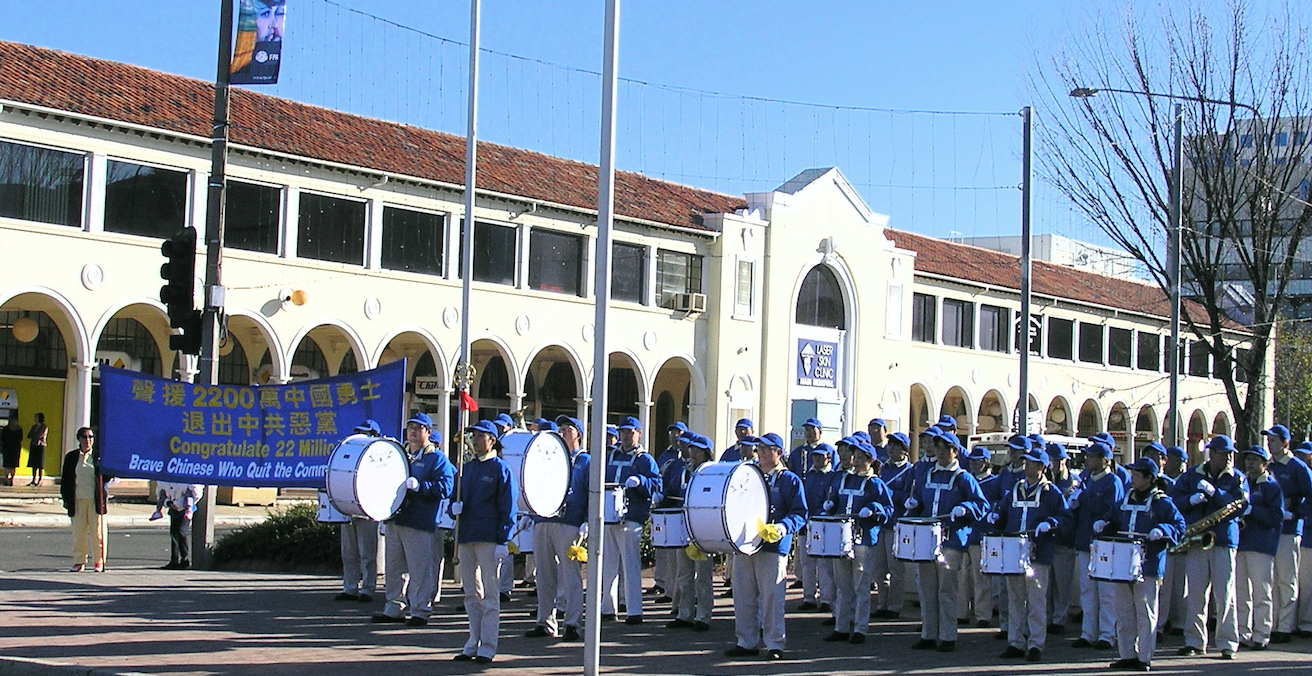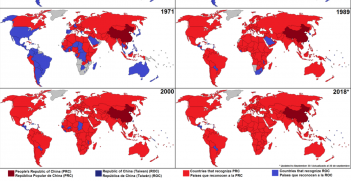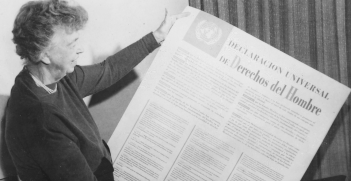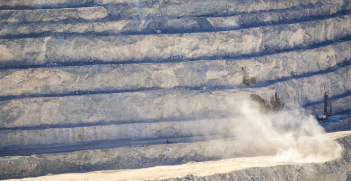The Efficacy of Being Very Vocal: Australia and Human Rights in China

Canberra has been on the receiving end of criticism for not being more vocal when it comes to human rights in China. Yet it is not at all clear that more assertive approaches would be effective, and the steps it takes may continue to disappoint those on both sides of the spectrum.
Last week’s news that the Australian Dr Yang Hengjun was being moved to a criminal facility in China was, to use Foreign Minister Marise Payne’s words, “deeply disappointing” to say the least.
Despite China’s foreign ministry “deploring” the Australian government’s public statement, there was nothing unreasonable in the assessment that Minister Payne provided.
In the six months Dr Yang has been detained, the accusations against him have remained vague. The most that has been provided is that he is “suspected of criminal activities endangering China’s national security.”
China has said that its investigation will “fully protect Yang’s legal rights.” But Beijing’s track record on this front doesn’t inspire confidence. And the fact is that Dr Yang has already been denied basic standards of justice such as being granted access to his lawyers.
The latest developments are doubly disappointing for the Australian government after having made the calculation that keeping Dr Yang’s case out of the headlines was the best way to achieve a favourable result.
Canberra has been on the receiving end of criticism for not being more vocal. In March, Dr Yang’s friend and former academic supervisor, Associate Professor Feng Chongyi described the government’s handling of the matter as “very, very weak.” He added, “my suspicion is that they [the Australian government] want to maintain a good relationship for trade.”
This is not the only recent instance where the Australian government has faced remonstrations for not doing more on human rights in China.
Another example is China’s mass surveillance and internment and forced indoctrination of its Turkic Muslim population in the northwest province of Xinjiang. Aside from being a gross human rights injustice in its own right, it has also been reported that three Australian citizens have been caught up in the detention facilities, with thousands of others affected through the fear inflicted on family members and restrictions placed on their movement.
One op-ed writer in the Sydney Morning Herald said the Australian government had done “little or nothing to help.” He described Canberra’s response as racist and driven by dollars: “Australia has made a cold-hearted decision: the wellbeing of the Australian economy outweighs the wellbeing of…non-Caucasian Australian citizens….”
The public expression of such views is part of the democratic process and should be welcomed, particularly when it comes from those with personal experience or other direct links to human rights violations.
At the same time, what is the counter-factual if the Australian government were to adopt a more assertive approach?
Leave aside for the moment Australian business concerns that increasing outspokenness could provoke Chinese retaliation and hurt their operations.
It is not at all clear that publicly “demanding” Dr Yang’s, or any other citizen’s, immediate release would see their rights better protected, much less them walking free.
In December last year Canada demanded the immediate release of two of its citizens detained in China, in a deplorable case of what appears to be “hostage diplomacy.” Canada’s protests received strong international support. Yet the fate of their citizens is tracking no better than Dr Yang’s.
This is not to say that Canada got it wrong. Rather, there are no clear-cut right or wrong approaches and governments in Ottawa, Canberra and elsewhere are having to make complex decisions based on their best assessment of the facts and circumstances pertaining to each case.
A double standard can be applied to Australia’s diplomats. Some security commentators can be quick to lend support to the assessment of intelligence agencies — such as the recommendation to bar Chinese tech company, Huawei, from the local 5G rollout — on the basis that these officials have the expertise and access to the best available information, often classified. Yet when it comes to sensitive diplomatic matters, the same commentators can be the first to lambast the Department of Foreign Affairs and Trade (DFAT) as being clueless. One former Australian government minister — outrageously, it must be said — went so far as to accuse DFAT policy advice of having been compromised by “fellow travellers” of Beijing in its midst.
It is also erroneous to say that the Australian government or its diplomats have been silent or inactive on human rights in China.
In fact, they have become notably more vocal since the Howard government days when Australia’s human rights concerns with China were largely reserved for a closed-door, bilateral dialogue at senior levels.
The Australian foreign minister who instituted the dialogue, Alexander Downer, wrote last year, “It’s not ideal, of course. But you’re hardly going to change the political system of a country of 1.3 billion people by yelling at them.”
As China’s human rights record under President Xi Jinping has worsened, Australia has re-calibrated its response. It does not appear out of place compared with other middle powers, or even great ones. Indeed, in some instances it has done more.
In March 2016 Australia signed a joint statement with 11 other countries, including the United States, at the United Nations Human Rights Council (UNHRC) “highlighting China’s ongoing problematic human rights record.”
In March 2017, Australia lent its weight to a joint letter with 10 other countries sent to then-Chinese Minister of Public Security Guo Shengkun, expressing concern over “credible claims of torture” inflicted on rights activists and lawyers.
In November last year Australia joined 14 other Western ambassadors in seeking a meeting with Chen Quanguo, the Communist Party official responsible for administering Xinjiang.
This was followed in July this year with a letter in conjunction with 21 other countries to the president of the UNHRC calling out China’s actions in Xinjiang as being inconsistent with its national laws and international obligations.
In each of the three preceding examples, it is notable that the United States did not extend its support.
This should not preclude the Australian government from doing more. Taking a stronger stand by acting in unison with international partners is a key recommendation of a thoughtful policy brief on how Australia should promote human rights in China by former Australian Consul-General to Hong Kong, Professor Jocelyn Chey, published in February this year.
China has responded with harsh rhetoric to such Australian interventions but it can hardly complain, especially when it refuses to reinstate the bilateral human rights dialogue that last met in 2014, despite reported attempts by the Turnbull government to revive it.
Another step advocated by Professor Chey is that Australia should pass its own version of the Magnitsky Act, providing the option of deploying targeted sanctions against officials responsible for human rights violations.
But these sorts of measures need to be considered against the broader context of effectiveness. For example, University of Sydney historian and Xinjiang expert, Dr David Brophy, cautions that in the case of China such measures are unlikely to be effective. Even if it were the United States implementing sanctions, China would respond in kind and “have no difficulty coming up with a comparable list of American officials implicated in human rights abuses.”
The Australian government isn’t sitting on the fence when it comes to human rights in China. But the steps it takes may continue to disappoint those on both sides of the spectrum. To be fair though, it is not clear there is an unequivocally better approach in the offing.
Professor James Laurenceson is acting director at the Australia China Relations Institute at the University of Technology Sydney (UTS:ACRI).
This article is published under a Creative Commons Licence and may be republished with attribution.





